Feeding your dogs and cats a raw diet can contribute to their overall health and well-being. To ensure you’re providing the right balance of nutrients, use our Raw Pet Food Feeding Calculator. This tool takes into account your pet’s weight, age, and activity level to generate a personalized feeding suggestion.
Remember that our feeding guidelines should be used as a starting point as every pet is unique, so adjustments may be needed to find the perfect balance. We suggest using the calculator amounts below as a starting point, waiting 2 weeks to see how your pet does and adjusting the amount up or down as needed. You know your pet better than we do, and you can adjust this model as you feel best.
You want to transition your pet to raw food slowly to prevent stomachaches and loose stools. Start by mixing 1 part Steve’s with 3 parts of the food you are currently feeding. Slowly increase the amount of Steve’s while reducing their previous food over the course of 1 to 2 weeks. Monitor their temperament and stools to ensure they are transitioning well. More transitioning tips are on our “Starting on Raw Food” page, and you can check out our Blog from December 2014 to see how the sensitive dog of our Director of Relations did when he transitioned to Steve’s for more ideas.
Please keep in mind that you are dealing with raw, unprocessed meat. As you would when preparing raw meat for your human family, take the precautions of washing your hands after touching, cleaning surfaces thoroughly, and any other steps you would normally take. While animals have the digestive tracts to deal with contaminants such as salmonella and e-coli (which we test regularly for and keep our foods free from regardless) it is the risk for human contact that leads to FDA recalls of raw pet food in our industry. So remember to treat your dog and cat food as you would any other raw meat. Recalls are actually more likely from kibble, so if you are mixing take the same precautions with both types of food.


Steve's Real Food
2034 E. Fort Union Blvd
Cottonwood Heights, UT 84121
United States
Call or Text: 801-432-7478